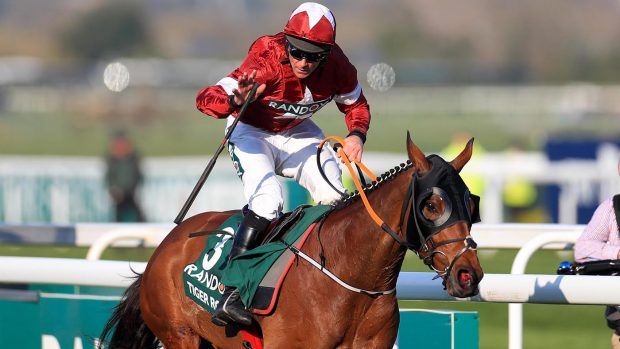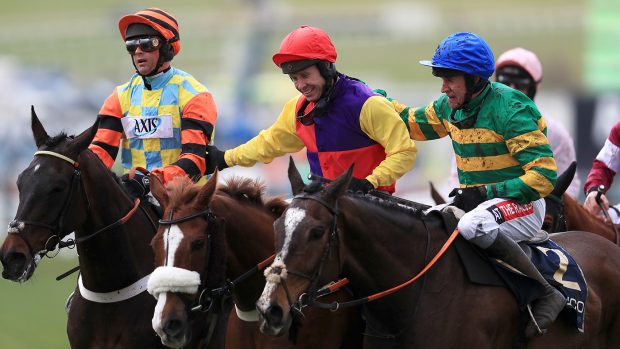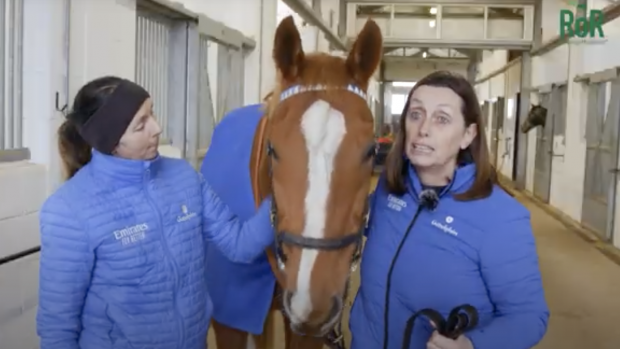The “Kauto Star factor” has boosted demand for ex-racehorses — according to a leading charity — with interest for thoroughbreds increasing across the equestrian disciplines.
Retraining of Racehorses (ROR) chief executive, Di Arbuthnot, told H&H that Kauto Star’s new life, doing dressage with event rider Laura Collett, has “focused a lot of people’s minds that there is a life after racing”.
She added: “High profile horses — with big owners — are also out there competing and winning, such as Barbers Shop, Neptune Collonges and Purple Moon.”
Earlier this week (3 February) RoR announced a 20% increase in the number of former racehorses registered with the charity last year, bringing the total to 8,700.
There was also a 17% increase — up to 4,700 — in horses registered to compete in disciplines outside racing, in classes staged by RoR.
Paul Roy, who took over as chairman last summer, said that RoR’s role was vital to British horseracing, consolidating its record as a global leader in equine welfare.
“[It] is helping the sport to honour its core pledge to promote the highest standards of equine welfare, by doing our best for horses at all stages in their lifetime,” he said.
Mr Roy also paid tribute to high-profile stars, such as The Queen’s Barbers Shop and dual Gold Cup winner Kauto Star, for helping raise public awareness of the charity’s work during 2013.
“But significant progress has been achieved at grass-roots level, too,” he added. “The success of competitions staged by the charity has delivered an increase in the demand for former racehorses.”
British Dressage’s Karen Beaumont, who coordinates the RoR dressage competitions — where the increase in entries has been particularly impressive — told H&H that racehorses transfer surprisingly well to this discipline.
“There may be a perception that thoroughbreds are not as naturally suited to dressage, however we’ve found the complete opposite,” she said.
“In 2013, we had a 50% increase in the number of competitors at the RoR dressage championships, with the top six in each class gaining over 65%. Thoroughbreds are very versatile and can find the transfer to dressage very easy.”
There are now retrained racehorse competitions in showjumping, showing, dressage, eventing, team chasing, endurance, hunting and polo.
And the education and training programme to promote the adaptability of former racehorses for these new careers is set to grow, with RoR forecasting £230,000 investment in this area this year.




